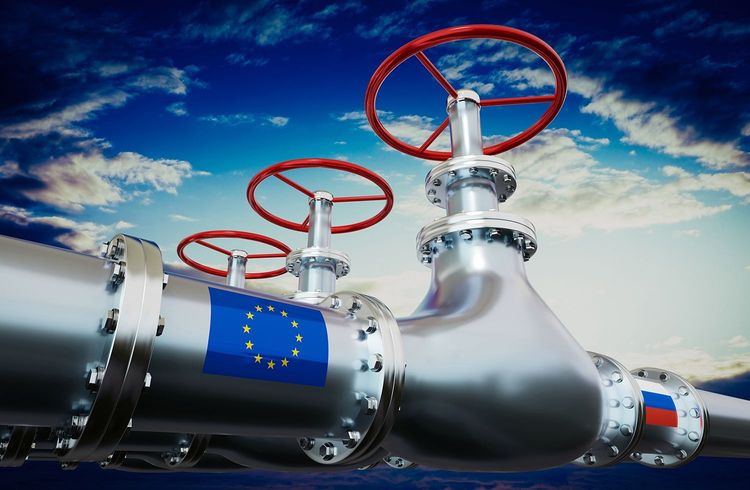Europe cuts gas demand by a quarter
Countries have found alternative sources to reduce dependence on Russia

EU countries cut gas demand by a quarter in November despite falling temperatures. This is the latest evidence that the EU is managing to reduce its dependence on Russian energy since Moscow invaded Ukraine.
Preliminary data from commodities analysis firm ICIS shows that gas demand in the EU was 24 percent below the five-year average last month, after a similar fall in October.
European countries have tried to reduce their dependence on Russian gas and oil by finding alternative sources or making changes to reduce demand. The unusually warm autumn for the time of year has helped them, although temperatures have fallen back to normal levels in the last two weeks.
In Germany and Italy, the EU's two largest gas consuming countries, demand fell by 23 and 21 percent respectively in November, ICIS found. It fell by more than a fifth in France and Spain and by just over a third in the Netherlands.
"Industry is partly responsible for the largest decline in gas consumption and this is entirely the result of clear market pricing," said Tom Marzec-Manser, senior European gas analyst at ICIS. The high price of gas has "discouraged" consumption, he added.
Europe has also imposed sweeping new restrictions on Russia's oil exports to curb use of this energy source.
The EU ban on Russian oil imports by sea went into effect on Monday. Meanwhile, G7 leaders have agreed to introduce a so-called price cap designed to keep Russian oil flowing to countries like India and China to avoid widespread shortages - but only , if the crude oil is sold at a price below US$60 a barrel to eat into Moscow's revenues.
However, industry experts and analysts warn that without a further fall in demand and more LNG imports, gas shortages in Europe could persist for years to come.
"Demand needs to be below pre-Russia-Ukraine war levels for supplies to last for next winter," said Alex Tuckett, head of economics at consulting firm CRU Group. "The question is how much demand will fall and how painful that will be.
According to the industry association Gas Infrastructure Europe, the drop in demand meant that gas storage facilities in the EU were running at 95 percent capacity in mid-November, almost reaching an all-time high. Record inflows of LNG into the region also contributed.
However, the colder weather in recent weeks has increased demand and storage is now at around 93 percent capacity.
At the same time, prices have risen. Dutch TTF gas futures, the European reference contract, are trading at €150/MWh, their highest level in more than a month, but still only half the €300/MWh they briefly touched in August.
Higher gas prices are weighing on households and businesses, but they have enabled Europe to attract record volumes of LNG because of the premium it pays to other buyers.
ICIS data shows Europe and the UK imported 11.14 million tonnes of LNG in November, a monthly record, and are on track to receive 12.2 million tonnes in December.
Marzec-Manser urged caution with regard to Europe's plans to cap gas prices.
"Any move to cap wholesale gas prices could jeopardize Europe's ability to secure [LNG] supplies, not just this winter, but next winter and beyond," he said. "If Europe is not the most important global gas market, it would result in a drop in imported cargoes at a time when they are most needed.






